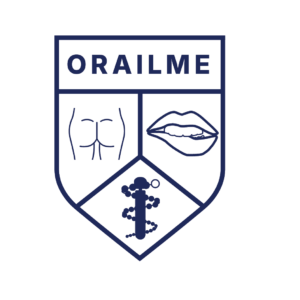When I accepted the post as editor-in-chief of the Campus Times, I knew I had taken over the responsibilities of my predecessors, but I was not aware of all that was included in that list. Along with the weekly production of the CT, I inherited its history.
The CT has an incredible history, dating back to 1873. However, current students, faculty and staff may, understandably, overlook the CT’s longstanding and respectable presence on this campus and judge it on what they perceive to be a pattern of controversial material that has upset members of the UR community throughout the last few years. Often included in this pattern are pieces from before the current editor-in-chief’s term.
When such an article or comic is printed, the first defense is usually the First Amendment. Yet, while we have freedom of speech, we should not abuse that right.
As editors, our job is to do just that – edit. Editors shape content so that it fits nicely within the boundaries of the newspaper – in terms of grammar and content.
The question that naturally arises is, “What are those boundaries?” A newspaper is not always black and white – there is quite a bit of gray. It is difficult to set strict guidelines for what is fit to print, simply for the aforementioned reasons.
In the recent past, while I was on staff, anything that could be potentially controversial was bounced off the other staff members. Regardless of how diverse the staff is, there are bound to be problems with this method. In the end, the decision to print or not to print lies with the editor-in-chief.
The Democrat and Chronicle has formed a community editorial board to bring more diverse views to the pages of their opinion section. The D&C chooses members of their Board of Contributors – from a pool of interested local citizens – to act as unpaid advisers to the newspaper’s Editorial Board.
This year’s editorial staff has initiated a similar plan by establishing a CT Advisory Board. Composed of faculty, administrators and members of various student groups, the board will serve as a weekly proactive and reactive sounding board. The decision to print a particular piece is still that of the editor-in-chief, but with insight from the Advisory Board, it will be a more informed and thorough judgment.
There are likely to be instances in my term where a piece will be printed that causes controversy among the UR community. As part of a university that places so much emphasis on being a learning environment, the CT should be a place where members of the UR community can discuss their views in hopes of furthering discussion and generating new dialogues.
Borchardt can be reached at jborchardt@campustimes.org.

